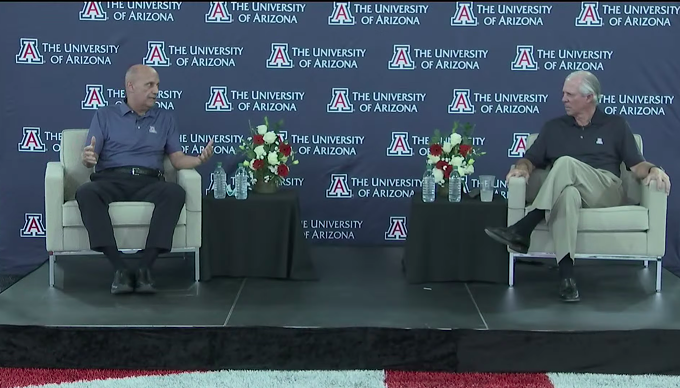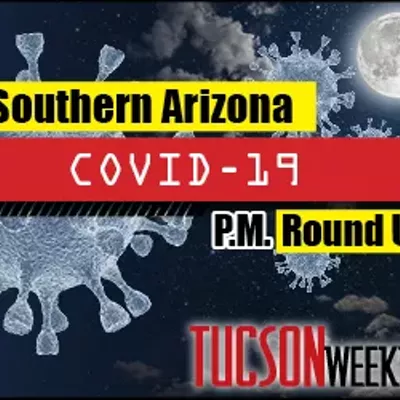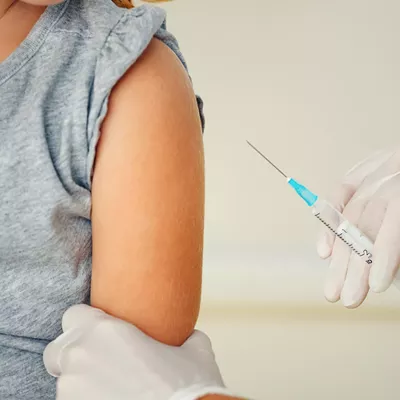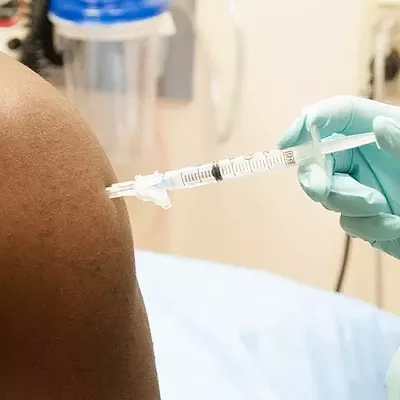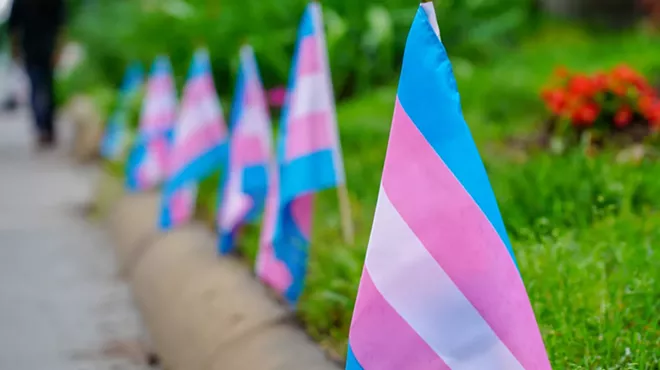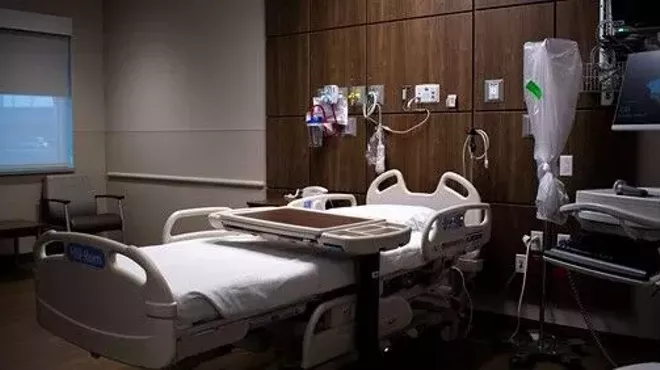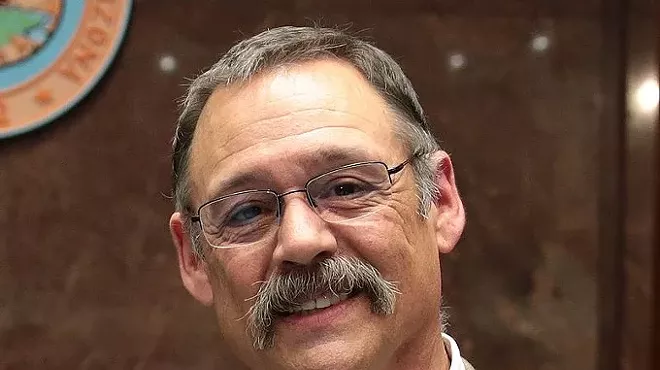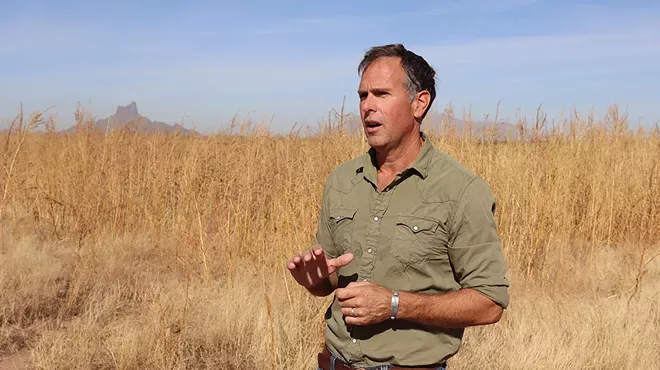Wednesday, May 20, 2020
University of Arizona Unveils Campus Reentry Plan
Since the University of Arizona announced they will resume in-person classes for the fall semester, President Dr. Robert Robbins has employed a team to find ways to do so as safely as possible. “Thinking about a city of 60,000 people coming back after being on pause for several months is a daunting task and we’re taking this very seriously,” Robbins said during Wednesday’s press conference.
At the core of the university’s reentry plan are three steps: test, trace and treat. If any member of the UA community has COVID-19 symptoms, they can get a swab test performed at Campus Health.
In addition, the university is scaling up their antibody testing to find out how many people already had the virus and have recovered from it.
Dr. Richard Carmona, a former US Surgeon General who is leading the push to prepare the university for reopening in less than 100 days, said antibody testing is especially important to epidemiologists who are working to track the full scope of how the virus has spread through the community.
“It gives us information about who may be infected and who has antibodies,” Carmona said. “It could also imply that you have immunity and that you won’t get sick again. That’s still being debated, but most virologists and immunologists believe that you do have immunity. But it’s still being discussed because this is a new virus, no one has ever seen it before.”
Carmona spoke about hopes for a regional testing protocol between the university, the City of Tucson, and Pima County. He said it’s important to develop a uniform message and process for testing so that the public can have confidence in these institutions all working together for the same goal.
The second step, contact tracing, will be employed through the Mel & Enid Zuckerman College of Public Health. Students who are part of the Student Aid for Field Epidemiology Response will call close contacts of known COVID-19 positive people and try to mitigate its spread. The university has also expressed interest in utilizing new apps that are currently in development by Apple and Google for contact tracing. Details on this are forthcoming.
Another method of contact tracing will be through self-reporting. The university has developed an information system called AZCOVIDTXT, which allows any person to report the health status of their household to “better help local officials assess the spread of COVID-19 across our communities” as well as receive critical updates about COVID-19 and customized health and support tips.
The third step of the university’s plan, treatment, is still in the development phase. However, UA has committed to treat any student who is positive for COVID-19 or who may have been infected with wrap-around support services such as daily health monitoring, enhanced care through Campus Health and support for continued learning, all done with minimized personal contact to reduce the potential of spreading the infection. Robbins said they want to have as much flexibility as possible for students, faculty and staff regarding a return to campus in the fall.
He said there will likely be a hybrid approach with some in-person classes with social distancing in place, as well as online classes. There are many people in the UA community who are considered high-risk considering their age and/or compromising health conditions, Robbins said, and the university will “strongly encourage” those people not to return to campus.
Carmona believes that many students want to come back to campus in the fall.
He said they will have to temper that enthusiasm for a while—especially when it’s a desire for large gatherings such as sports games—but if the university can provide an environment that is as safe as possible, students will respond well to that and be willing to come back to campus.
“Make no mistake, we are going to have the university open, provided it can be done safely, because that’s the mission that we’ve been given by the president,” Carmona said. More specific details about bringing students back into dorms, how large class sizes will be, and more will be discussed in the upcoming weeks.
Robbins said he and other university leadership will be holding weekly press conferences to update the public on their decisions and the newest data that is available.
“Safe is a relative term and we cannot make this completely 100 percent safe,” Robbins said. “The question is each individual person has to make a choice, whether they’re a faculty member or a staff member or a student, and their families and loved ones have to make a choice, are they willing to take the risk of getting this infection by coming back to campus? We’re going to do everything we can to drive the risk of the infection [down], but we can’t make it perfectly safe.”
At the core of the university’s reentry plan are three steps: test, trace and treat. If any member of the UA community has COVID-19 symptoms, they can get a swab test performed at Campus Health.
In addition, the university is scaling up their antibody testing to find out how many people already had the virus and have recovered from it.
Dr. Richard Carmona, a former US Surgeon General who is leading the push to prepare the university for reopening in less than 100 days, said antibody testing is especially important to epidemiologists who are working to track the full scope of how the virus has spread through the community.
“It gives us information about who may be infected and who has antibodies,” Carmona said. “It could also imply that you have immunity and that you won’t get sick again. That’s still being debated, but most virologists and immunologists believe that you do have immunity. But it’s still being discussed because this is a new virus, no one has ever seen it before.”
Carmona spoke about hopes for a regional testing protocol between the university, the City of Tucson, and Pima County. He said it’s important to develop a uniform message and process for testing so that the public can have confidence in these institutions all working together for the same goal.
The second step, contact tracing, will be employed through the Mel & Enid Zuckerman College of Public Health. Students who are part of the Student Aid for Field Epidemiology Response will call close contacts of known COVID-19 positive people and try to mitigate its spread. The university has also expressed interest in utilizing new apps that are currently in development by Apple and Google for contact tracing. Details on this are forthcoming.
Another method of contact tracing will be through self-reporting. The university has developed an information system called AZCOVIDTXT, which allows any person to report the health status of their household to “better help local officials assess the spread of COVID-19 across our communities” as well as receive critical updates about COVID-19 and customized health and support tips.
The third step of the university’s plan, treatment, is still in the development phase. However, UA has committed to treat any student who is positive for COVID-19 or who may have been infected with wrap-around support services such as daily health monitoring, enhanced care through Campus Health and support for continued learning, all done with minimized personal contact to reduce the potential of spreading the infection. Robbins said they want to have as much flexibility as possible for students, faculty and staff regarding a return to campus in the fall.
He said there will likely be a hybrid approach with some in-person classes with social distancing in place, as well as online classes. There are many people in the UA community who are considered high-risk considering their age and/or compromising health conditions, Robbins said, and the university will “strongly encourage” those people not to return to campus.
Carmona believes that many students want to come back to campus in the fall.
He said they will have to temper that enthusiasm for a while—especially when it’s a desire for large gatherings such as sports games—but if the university can provide an environment that is as safe as possible, students will respond well to that and be willing to come back to campus.
“Make no mistake, we are going to have the university open, provided it can be done safely, because that’s the mission that we’ve been given by the president,” Carmona said. More specific details about bringing students back into dorms, how large class sizes will be, and more will be discussed in the upcoming weeks.
Robbins said he and other university leadership will be holding weekly press conferences to update the public on their decisions and the newest data that is available.
“Safe is a relative term and we cannot make this completely 100 percent safe,” Robbins said. “The question is each individual person has to make a choice, whether they’re a faculty member or a staff member or a student, and their families and loved ones have to make a choice, are they willing to take the risk of getting this infection by coming back to campus? We’re going to do everything we can to drive the risk of the infection [down], but we can’t make it perfectly safe.”
Tags: University of Arizona , UA , COVID19 , Coronavirus , Test , Trace , Treat , Return to Campus , Robert Robbins , Richard Carmona , Image


